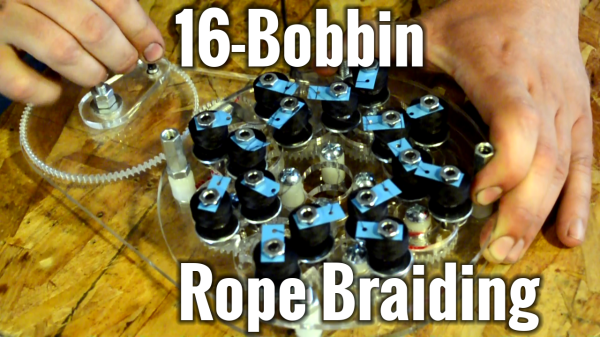Ever heard of hydroforming? It’s a manufacturing process used to form sheet metal into shapes using water at extremely high pressures. Not something you can do at home… unless of course you’re [Colin Furze].
Hydroforming works by evenly distributing pressure via water (conveniently, in-compressible) against sheet metal inside of a mold. Many automotive parts are created in this fashion. Typical systems run at around 15,000 PSI.
After building a giant pulse jet engine (complete with butt) to fart on France, [Colin] got the idea from a YouTube comment to try to do hydroforming at home — bending the sheet metal for the giant derriere wasn’t that easy. Hydroforming on the other hand is a surprisingly simple process. Weld some sheet metal together, add a pipe fitting to connect your cheap pressure washer and boom — hydoformed metal parts.
Continue reading “Hydroforming In The Garage With A Pressure Washer”

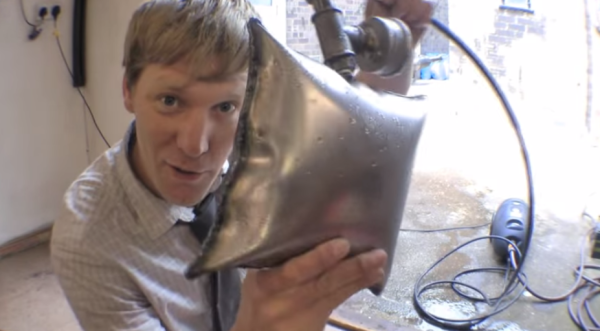
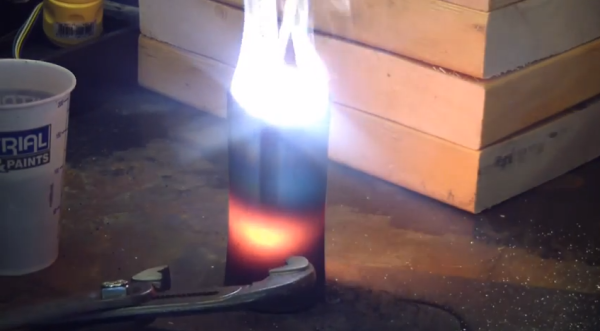
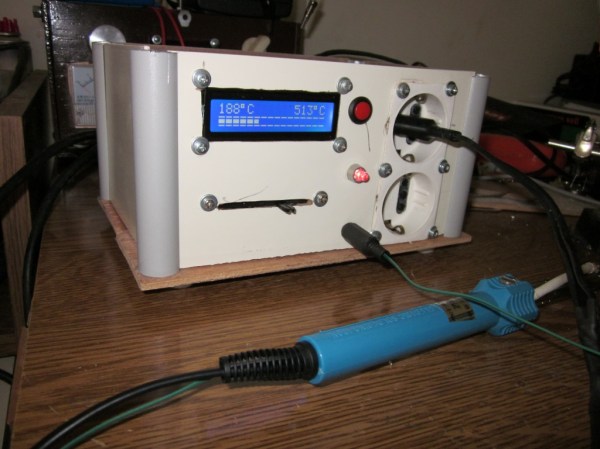
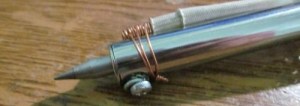
 We’re not quite sure where [Andy] hangs out, but he recently found a pile of broken microscopes in a dumpster. They’re old and obsolete microscopes made for biological specimens and not inspecting surface mount devices and electronic components, but the quality of the optics is outstanding and hey, free microscope.
We’re not quite sure where [Andy] hangs out, but he recently found a pile of broken microscopes in a dumpster. They’re old and obsolete microscopes made for biological specimens and not inspecting surface mount devices and electronic components, but the quality of the optics is outstanding and hey, free microscope.
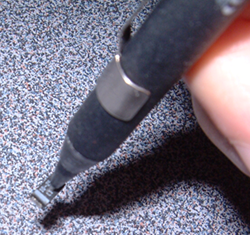 [K.C. Lee] is busy working on his entry to The Hackaday Prize, and right now he’s dealing with a lot of assembly. For his entry, that means tiny SMD parts, and the vacuum pen he ordered from DealExtreme hasn’t come in yet. The solution?
[K.C. Lee] is busy working on his entry to The Hackaday Prize, and right now he’s dealing with a lot of assembly. For his entry, that means tiny SMD parts, and the vacuum pen he ordered from DealExtreme hasn’t come in yet. The solution? 